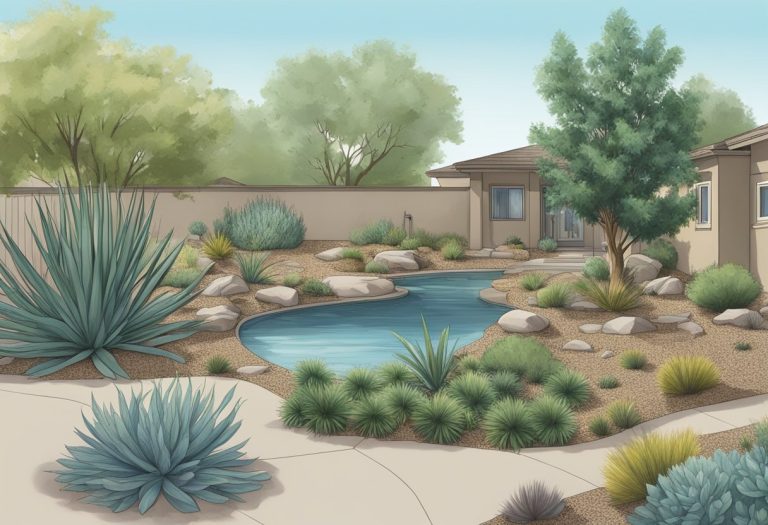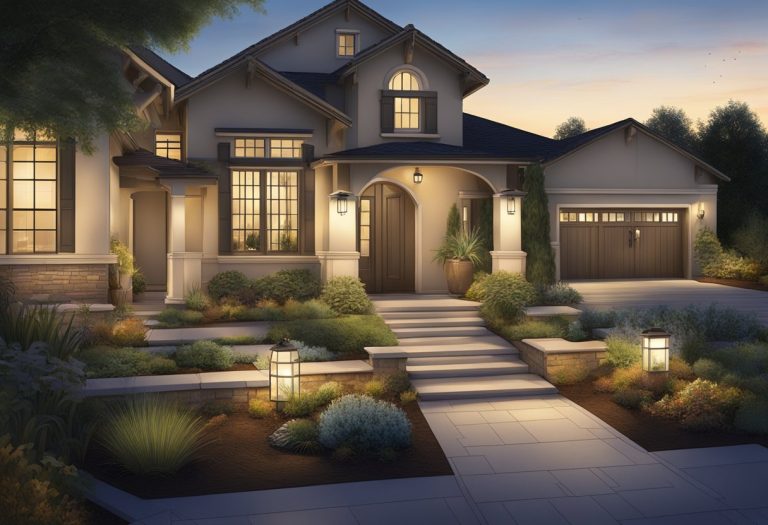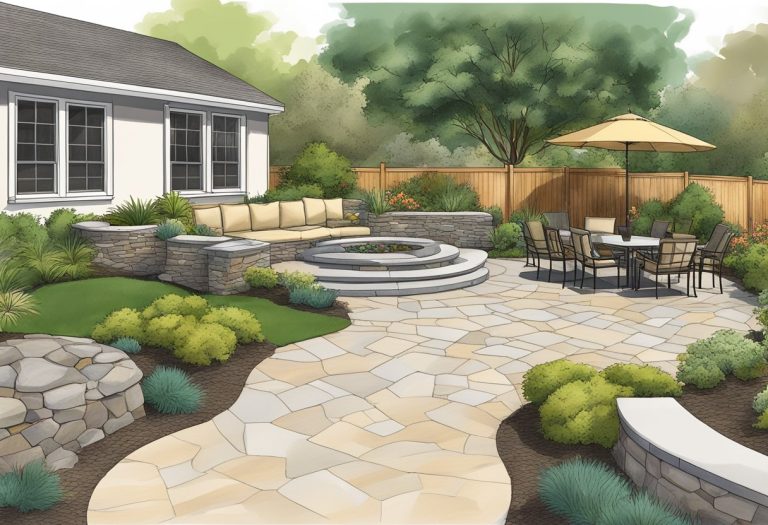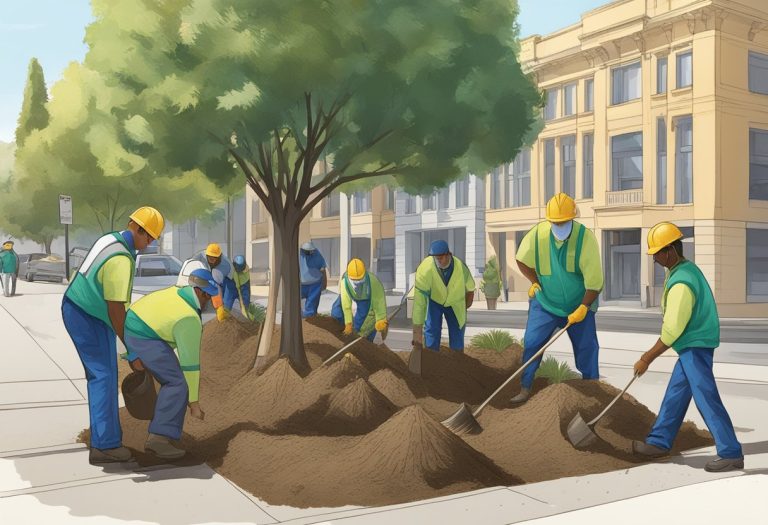Landscape Design in Sacramento: Transforming Outdoor Spaces with Elegance
Landscape design in Sacramento thrives as both an artistic and functional discipline, leveraging the city’s diverse greenery and plant life. Professionals in the area focus on creating spaces that are both beautiful and practical, integrating sustainable methods suited to the local environment.

Sacramento’s landscape design emphasizes aesthetics and quality of life, incorporating native plants for water conservation and designing outdoor areas for leisure, reflecting a commitment to the city’s environmental well-being. With a range of experts in various landscape design fields, Sacramento provides personalized solutions that combine client preferences with environmental responsibility.
Principles of Landscape Design

In landscape design, especially in regions like Sacramento, principles are anchored in blending aesthetics with eco-friendliness and functionality. Distinct considerations are given to the integration of native plants, efficient water use, and the harmonious balance of hardscape and softscape elements.
Aesthetics and Functionality
The framework of any successful landscape project begins with the confluence of aesthetics and functionality. A well-designed space is not only visually pleasing but also serves the practical needs of the homeowners. For instance, in Sacramento, a design might involve social front yard spaces that are flexible for gatherings while remaining private and peaceful for daily living.
Water Conservation Strategies
Given Sacramento’s Mediterranean climate, water conservation strategies are essential. Techniques such as drought-tolerant plant selections and drip irrigation systems ensure gardens remain lush without excessive water use. Xeriscaping principles can be particularly effective, promoting water efficiency while maintaining the landscape’s visual appeal.
Hardscaping and Softscaping Elements
Finally, a balance of hardscaping and softscaping elements is key to a well-rounded landscape design. Hardscaping, including features like patios and retaining walls, provides structure and longevity to the design. Softscaping, the incorporation of plant life, brings color, texture, and vibrancy. When designed thoughtfully, these elements work together to create a cohesive and inviting outdoor environment.
Understanding the Climate of Sacramento

In Sacramento, landscaping designs must align with the region’s distinctive weather patterns and plant hardiness zones. Being cognizant of these factors is crucial for creating resilient and thriving gardens.
Weather Patterns
Sacramento experiences a Mediterranean climate with cool, wet winters and hot, dry summers. The temperature can vary significantly, often exceeding 90°F in the summer, while the winters remain relatively mild. Rainfall is largely confined to the winter months, necessitating landscapes that can withstand extended periods of drought.
Plant Hardiness Zones
The USDA plant hardiness zone for Sacramento is primarily zone 9, as indicated by the USDA zone map. This means that the plants selected should be able to survive the local minimum temperatures, which usually don’t fall below 20°F to 30°F. Understanding these zones is vital for ensuring that plants can thrive year-round in Sacramento’s unique climate.
Selecting Plants for Sacramento Gardens
When landscaping in Sacramento, choosing the right plants is pivotal for success. Gardeners should focus on natives for ecological harmony and select drought-tolerant species to conserve water.
Native Plant Species
Native species thrive in Sacramento’s climate and soil conditions, reducing the need for excessive watering and care. These plants provide essential habitats for local wildlife and support ecological balance. For instance, the California fuchsia is an excellent choice, offering vibrant colors and attracting pollinators like hummingbirds. Additionally, incorporating manzanita trees can add structure and beauty to garden designs, while also being low maintenance.
Drought-Tolerant Varieties
Amidst California’s frequent drought conditions, drought-tolerant plants are a must. Such varieties require minimal irrigation, making them a sustainable choice for Sacramento gardens. For example, landscape designs may include permeable materials and plants that withstand a changing climate, benefiting local ecosystems as well. Selecting plants like succulents and certain native grasses that adapt well to Sacramento’s dry summers can ensure a flourishing, resilient garden.
Implementation and Maintenance
Implementing a landscape design in Sacramento involves careful preparation of the soil and installation of proper irrigation systems. Maintenance ensures the longevity and beauty of the landscape.
Soil Preparation and Irrigation
Successful landscape implementation starts with soil preparation. In Sacramento, they must tailor the soil composition to support the diverse plant life within the region. This often requires amending the soil with organic matter to improve fertility and drainage. The irrigation setup then becomes a critical component; each zone is designed to match the specific water needs of the plantings. Use of drip irrigation systems or weather-based controllers can greatly enhance water efficiency, which is imperative given the area’s Mediterranean climate.
Ongoing Garden Care
Once the landscape is established, ongoing care becomes the key to sustaining its intended appeal. This encompasses regular pruning, fertilization schedules, and pest management. Garden care professionals in Sacramento recognize the importance of adapting these practices to the seasonal changes unique to the valley. For example, a professional landscaping company in Sacramento specializes in not only the planning and implementation but also the routine maintenance to keep the space thriving. They understand that consistent care is what makes a garden truly flourish.






